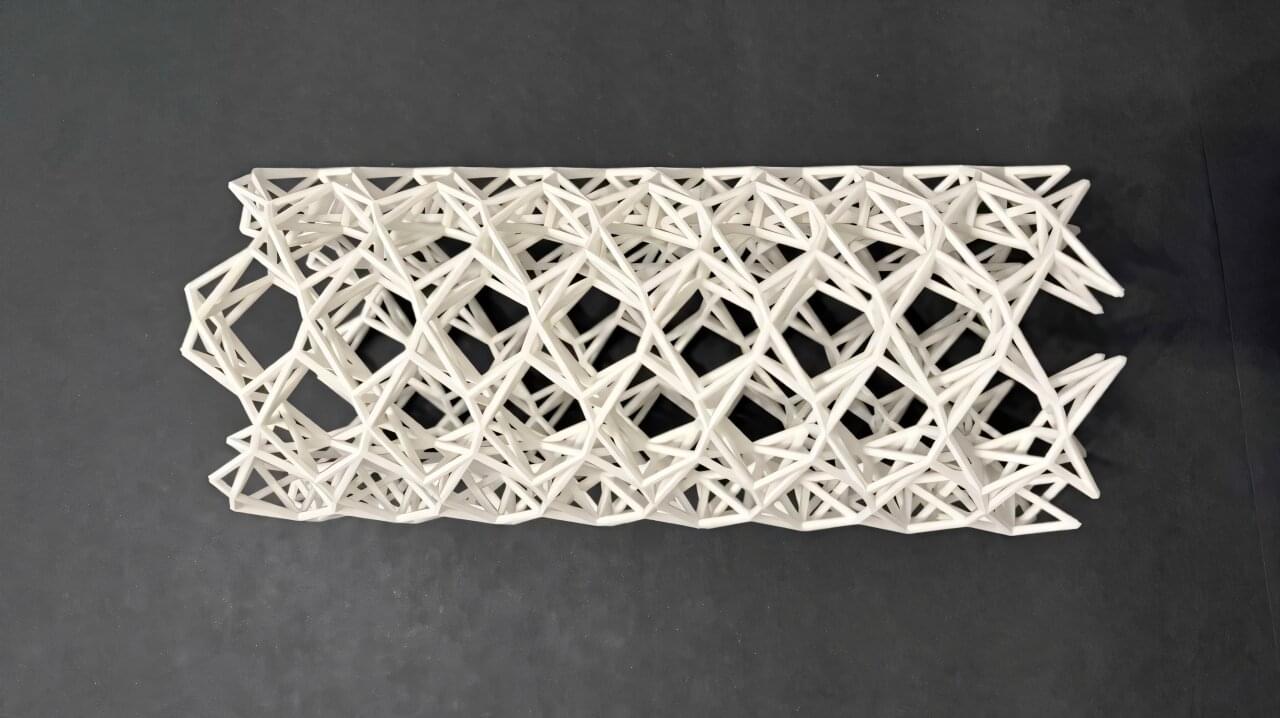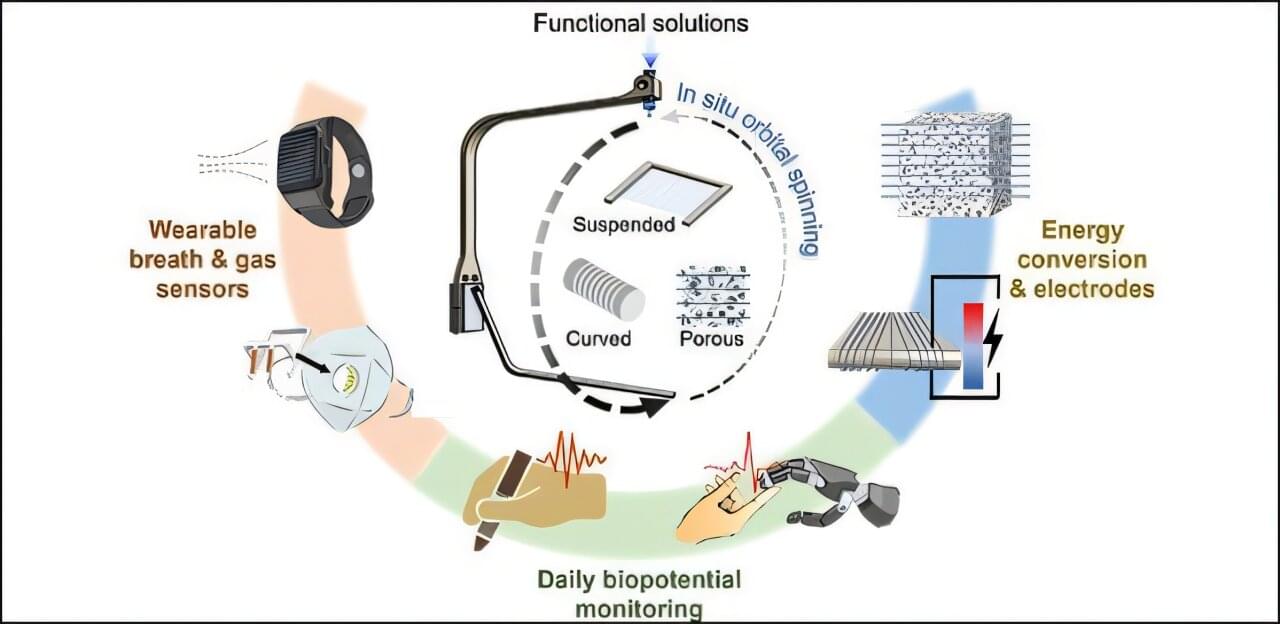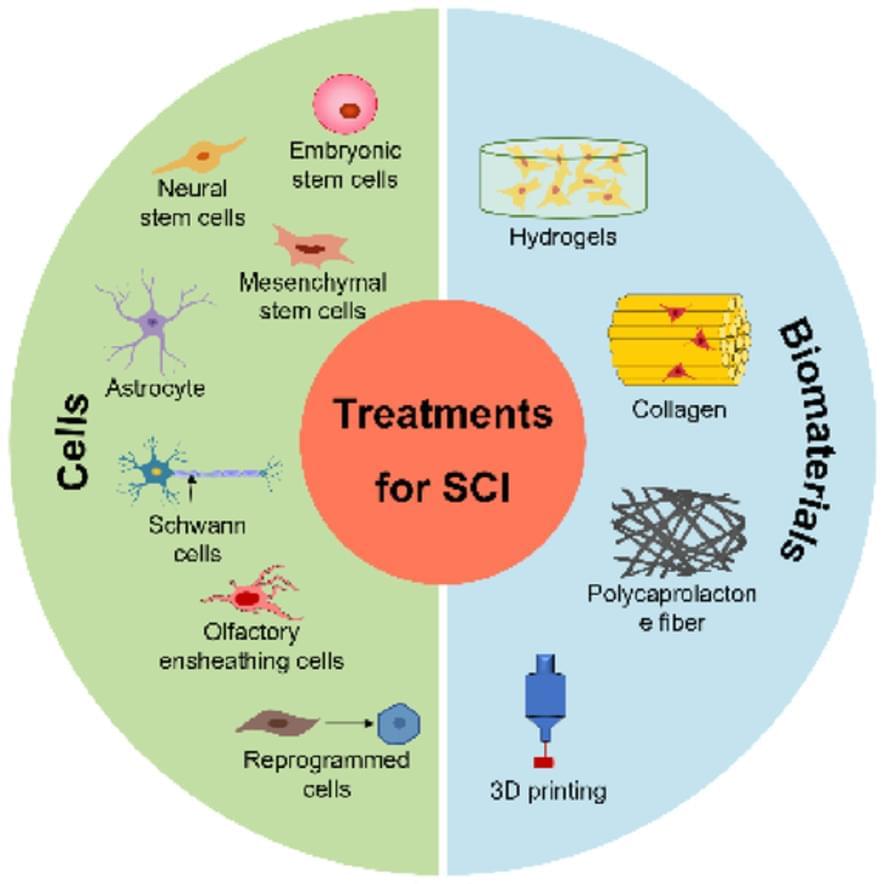To most people, a 3D printer is a cool piece of technology that can make toys, tools or parts in minutes. But for Hala Ali, it can be a partner in crime, and the doctoral student at Virginia Commonwealth University earned national honors recently for her work exploring one of the fastest-growing frontiers in cybercrime.
Ali, a computer science student in the College of Engineering, won best paper at this summer’s 25th annual Digital Forensics Research Conference in Chicago. The paper, “Leveraging Memory Forensics to Investigate and Detect Illegal 3D Printing Activities,” reflects her research into how digital forensics can help investigators uncover whether a 3D printer was used to create weapons or other illegal objects.
“3D printing is a process of creating a physical object from a digital design by laying down successive layers of material until the object is created,” Ali said.







